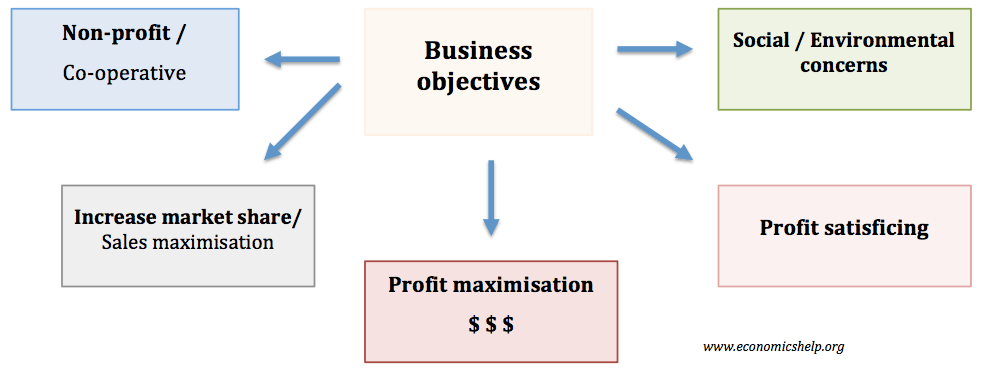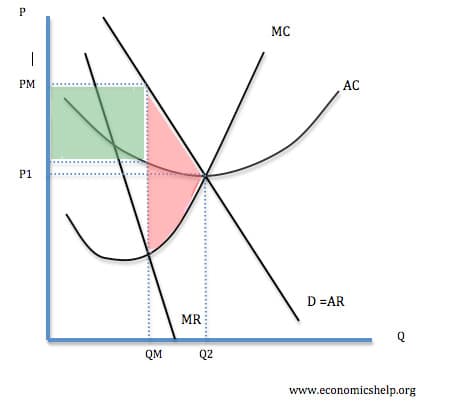Diseconomies of Scale
Diseconomies of scale occur when long-run average costs start to rise with increased output. Economies of scale occur up to Q1. After output Q1, long-run average costs start to rise. Reasons for dis-economies of scale Poor communication in a large firm. It can be hard to communicate ideas and new working practices. Alienation: Working in …


